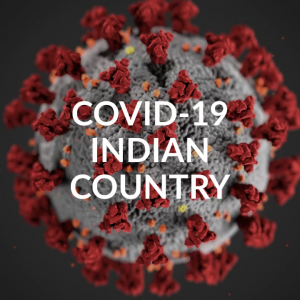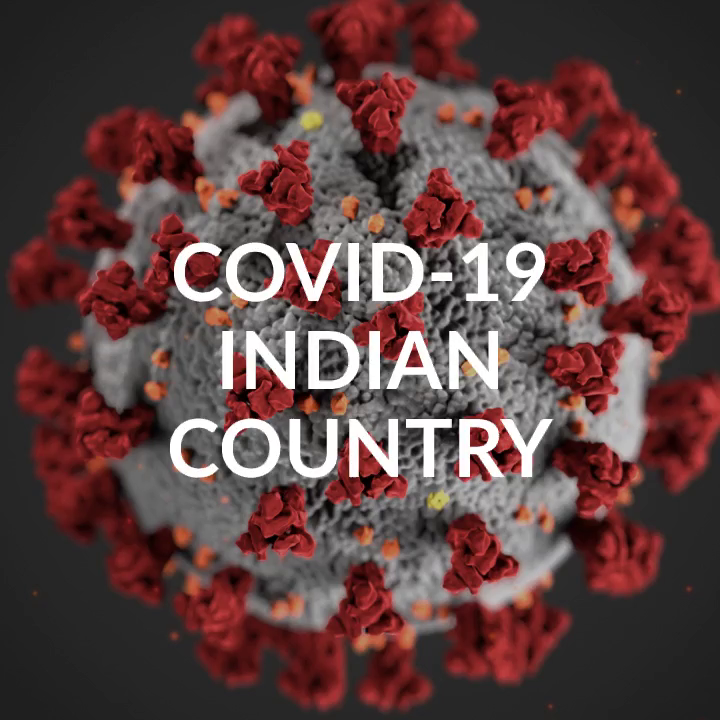
According to the data, 307,954 tests have returned positive for COVID-19, the disease caused by the coronavirus. That represents an increase of 2.2 percent from the 301,191 cases previously reported by the IHS on December 25.
Altogether, 3,609,592 coronavirus tests have been administered within the IHS, the results show. That represents an increase of about 1.2 percent from seven days prior.
Since mid-October of 2020, the IHS has been providing additional information about the spread of the coronavirus within the system. The cumulative percent positive column shows the historical COVID-19 infection rate, meaning the number of tests that have returned positive since the onset of the pandemic.
Based on the cumulative percent positive, the highest rates have been seen in five areas. Two of them include the state of Arizona, indicating a disproportionate toll of COVID-19 in the state:
- Navajo Area — 14.0 percent
- Phoenix Area — 13.1 percent
- Oklahoma City Area — 12.1 percent
- California Area — 10.1 percent
- Albuquerque Area — 9.7 percent
The 7-day rolling average positivity column offers a more contemporary look at the impact of the coronavirus. The data shows where COVID-19 cases have been increasing recently.
Based on the 7-day rolling average positivity, 11 out of 12 IHS areas are seeing high COVID-19 rates, marking yet another instance of surges across every region of Indian Country. The 📈 red graph symbol indicates the areas in which positivity rates are on the rise, with multiple symbols indicating notable increases:
- Phoenix Area — 25.2 percent📈📈📈
- Nashville Area — 22.8 percent📈📈📈
- Albuquerque Area — 22.4 percent📈📈📈
- California Area — 21.8 percent📈📈📈
- Bemidji Area — 21.2 percent📈📈📈
- Oklahoma City Area — 18.4 percent📈📈
- Tucson Area — 18.3 percent📈📈
- Navajo Area — 18.1 percent📈📈
- Portland Area — 14.5 percent📈📈📈
- Great Plains Area — 14.0 percent📈📈
- Alaska Area — 9.0 percent📈📈📈
Notably, the release of the January 1 data marks the return of the Alaska Area to the list of regions with high 7-day positivity rates. The state had fallen below 5.0 percent in early December after seeing a long stretch of higher rates.
Overall, 9.1 percent of IHS tests have been positive since the onset of the pandemic, the data shows. Meanwhile, the 7-day positivity rate has dramatically jumped to 17.6 percent following a short period of declining rates. A long period of extremely high rates was seen in Indian Country starting in the summer of 2021.
The data, however, is incomplete. While 100 percent of facilities run directly by the IHS are reporting data, only 33 percent of tribally managed facilities and 44 percent of urban Indian organizations are doing the same, the agency has told Indianz.Com.
Beginning June 7, the IHS began updating its coronavirus data on a weekly basis. But as the number of COVID-19 cases grows again, the agency is updating results on Mondays and Thursdays. During the height of the pandemic throughout 2020 and the first half of 2021, results were provided by the IHS every day.
COVID-19 Cases by IHS Area
Data are reported from IHS, tribal, and urban Indian organization facilities, though reporting by tribal and urban programs is voluntary. Data reflect cases reported to the IHS through 11:59 pm on January 1, 2022.
|
IHS Area
|
Tested
|
Positive
|
Negative
|
Cumulative
percent
positive
|
7-day rolling
average
positivity
|
|---|---|---|---|---|---|
| Alaska | 901,201 | 28,336 | 760,032 | 3.6% | 9.0% |
| Albuquerque | 128,309 | 10,452 | 97,185 | 9.7% | 22.4% |
| Bemidji | 251,622 | 20,015 | 230,892 | 8.0% | 21.2% |
| Billings | 136,367 | 10,233 | 122,176 | 7.7% | 2.9% |
| California | 141,358 | 13,672 | 121,880 | 10.1% | 21.8% |
| Great Plains | 208,502 | 18,837 | 188,984 | 9.1% | 14.0% |
| Nashville | 130,432 | 10,974 | 116,135 | 8.6% | 22.8% |
| Navajo | 392,704 | 46,639 | 287,407 | 14.0% | 18.1% |
| Oklahoma City | 825,634 | 98,536 | 714,774 | 12.1% | 18.4% |
| Phoenix | 251,198 | 32,659 | 217,257 | 13.1% | 25.2% |
| Portland | 187,862 | 13,128 | 174,205 | 7.0% | 14.5% |
| Tucson | 54,403 | 4,473 | 49,807 | 8.2% | 18.3% |
| TOTAL | 3,609,592 | 307,954 | 3,080,734 | 9.1% | 17.6% |
COVID-19 testing data is updated on Mondays and Thursdays.
Source: Indian Health Service (https://www.ihs.gov/coronavirus)

